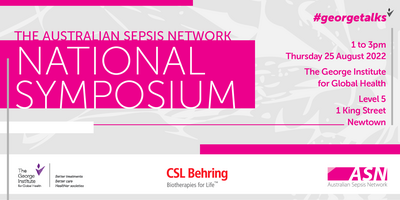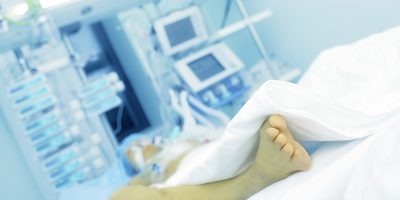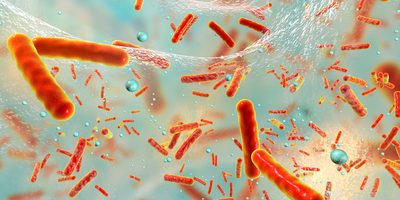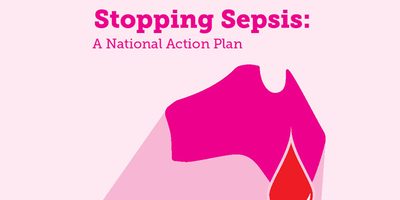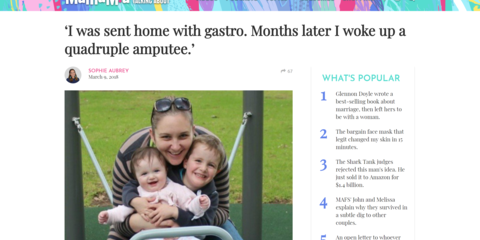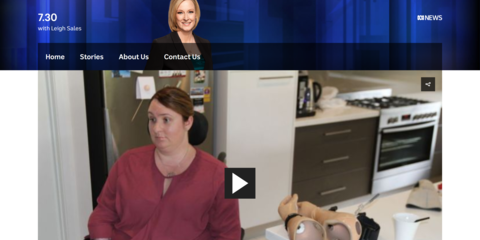
Sepsis - the silent killer
Sepsis is known as the silent killer and takes more lives than the annual road toll.
The George Institute for Global Health and the Australian Sepsis Network on 8th March 2018, launched a national action plan to reduce the number of people who lose their lives each year to sepsis - a life-threatening illness that occurs when the body’s response to infection injures tissues and organs.
Every year at least 18,000 Australians are diagnosed with sepsis, with around 5000 losing their lives.
The report ‘Stopping Sepsis’ sets out an action plan to drive improvements in the treatment and recovery of patients with sepsis focusing on four key recommendations:
- Increasing recognition of sepsis through a national awareness campaign targeting all age groups, including vulnerable groups such as children. More than 50 percent of sepsis deaths in children occur within 24 hours so it is essential parents are aware of early symptoms and seek urgent medical care.
- Providing more community and peer support for survivors of sepsis and their families. Many are left with horrendous life-changing conditions, including amputation and PTSD.
- Establishing a nationally recognised clinical standard of care for sepsis detection and treatment, and improve in hospital care by establishing dedicated sepsis teams.
- Setting up a national sepsis body to drive and co-ordinate research, to measure the true incidence of sepsis by improving reporting, and to introduce alert systems in hospitals across Australia to ensure treatment starts as early as possible.
The action plan is backed by the Australian Commission on Safety and Quality in Health Care, the Australian and New Zealand Intensive Care Society and the NSW Clinical Excellence Commission as well as leading health policy professionals and sepsis survivors.
Professor Simon Finfer, of The George Institute and head of the Australian Sepsis Network, said that whilst sepsis was often difficult to detect, it can be prevented and treated successfully if diagnosed quickly. “Sepsis kills more Australians each year than breast or prostate cancer, but there’s no public outcry about this, or national campaign to reduce the shockingly high death rate.
“Sepsis can be prevented and, in many cases, can be treated successfully. We need to ensure that when patients present with symptoms they receive the best care possible, and that treatment begins as quickly as possible,” said Professor Finfer.
Sepsis is estimated to cost Australia $1.5 billion each year with many cases beginning in the community rather than in hospitals.
For those that survive, half are left with a disability or impaired function that also impacts their family and friends.
Korina Valentine, who became a quadruple amputee in 2015 after contracting sepsis, welcomed the report. She said: “Sepsis is a horrific disease which can attack anyone. I was healthy and enjoying life as a mum of three when I contracted it and it very nearly killed me.
The mother of two said: “I had no idea what sepsis was until it nearly killed me and it’s essential that more people are made aware of the symptoms so they seek help earlier. But, just as vitally we need to ensure that our GPs, hospitals and its staff are equipped to recognise sepsis early and start treatment as soon as possible.
“Too many families are being destroyed by this illness and it needs to stop.”
Korina is now rebuilding her life in the Southern Highlands of NSW with her husband Daniel. They have since set up a charity Reaching4Korina to help other survivors.




